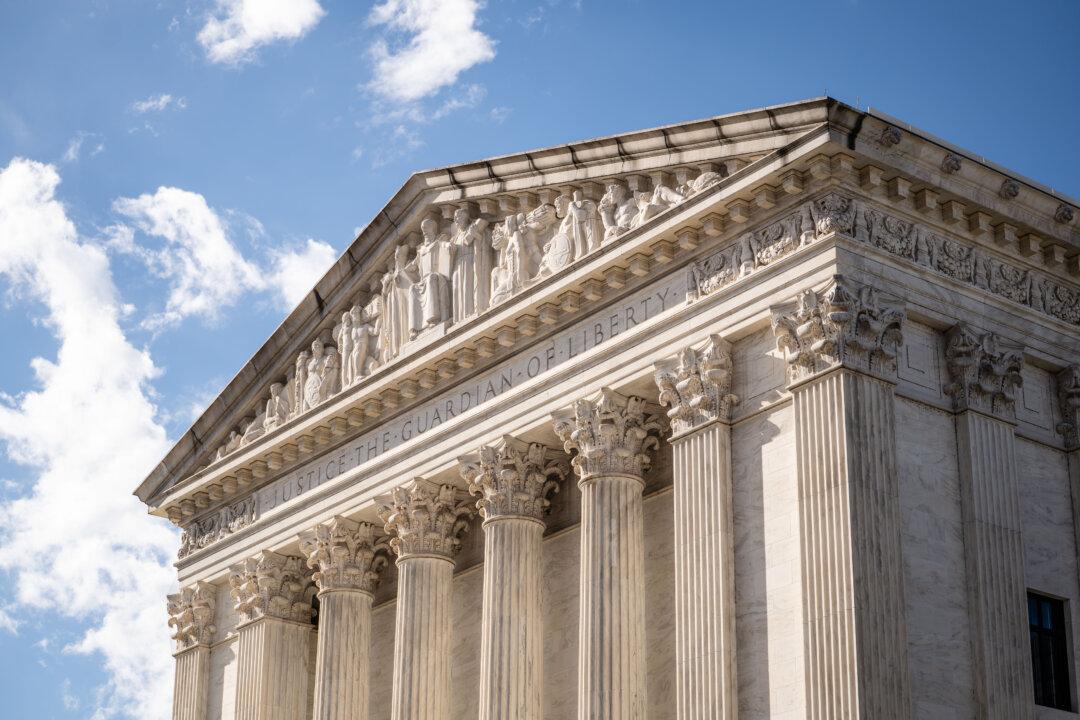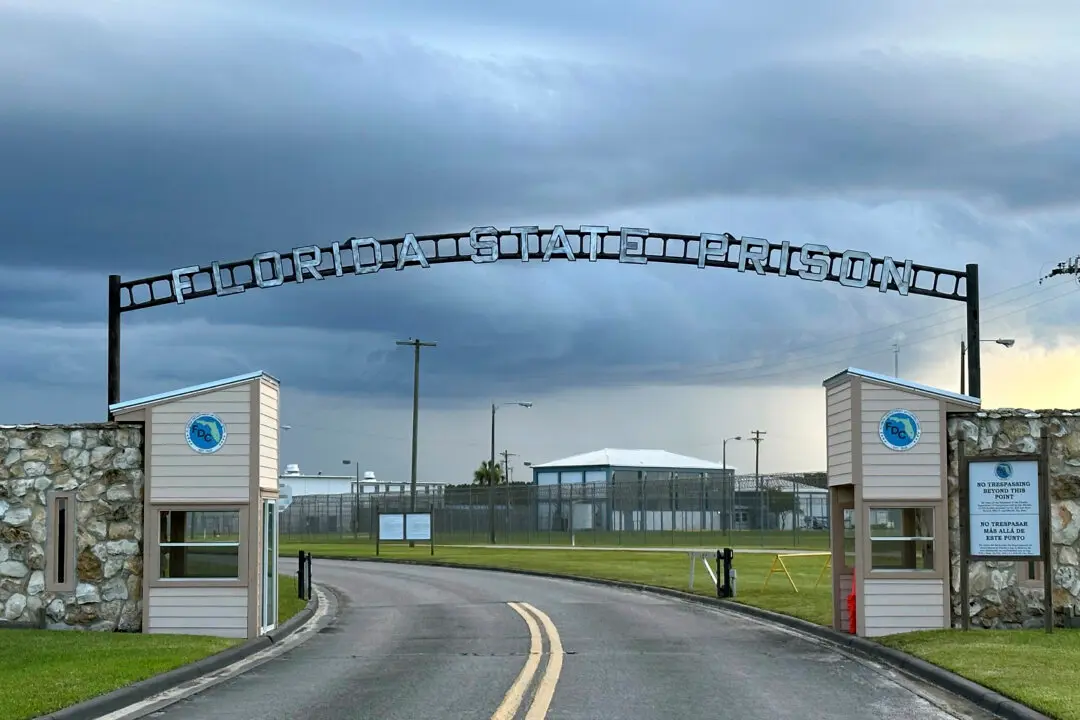The state of Ohio told the Supreme Court on Jan. 9 that a federal labor relations law doesn’t apply to the labor practices of state militias.
The issue before the high court was whether the federal Civil Service Reform Act of 1978, which gives the Federal Labor Relations Authority (FLRA) power to govern the labor practices of federal agencies, regulates the labor practices used by state militias.





